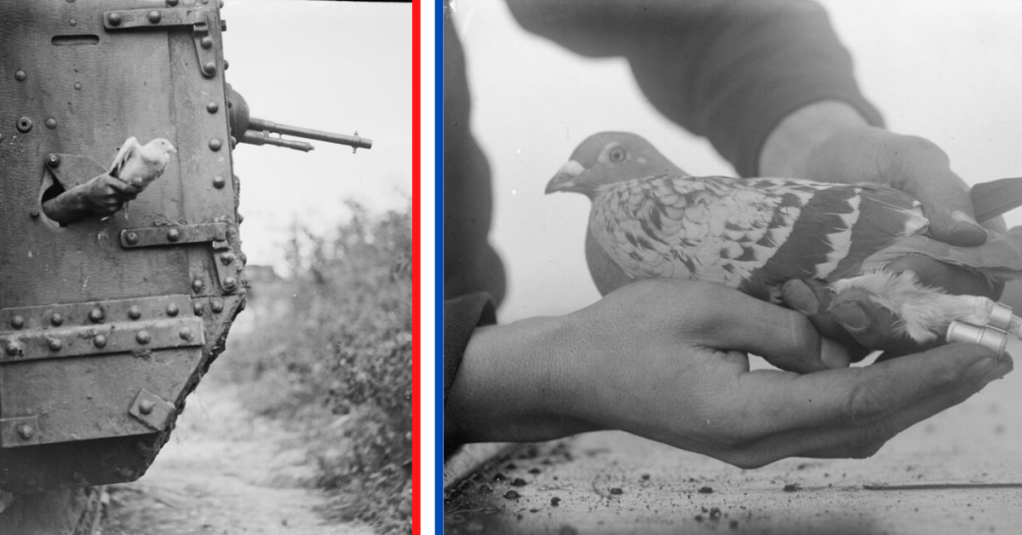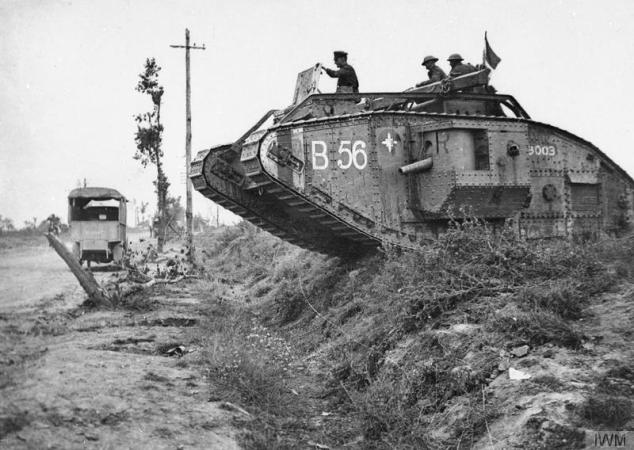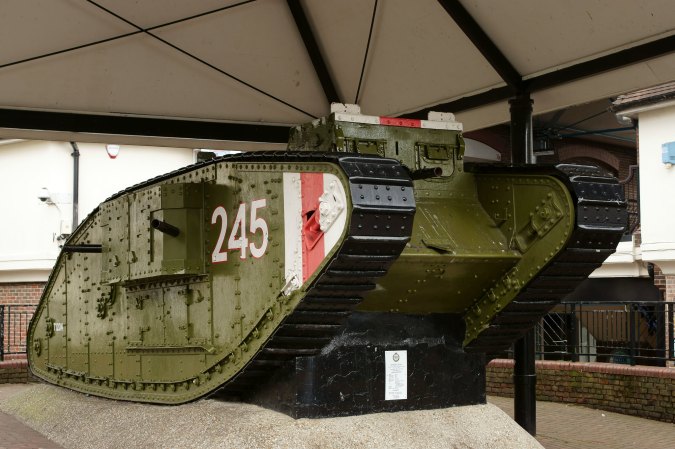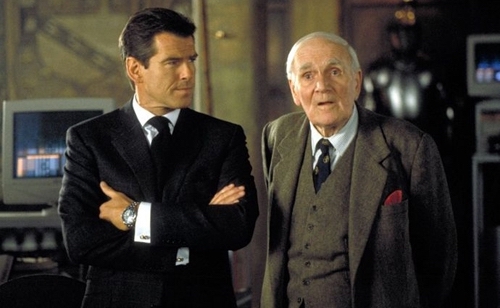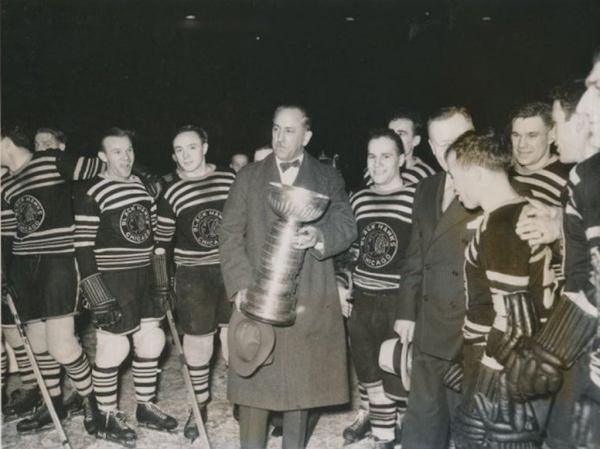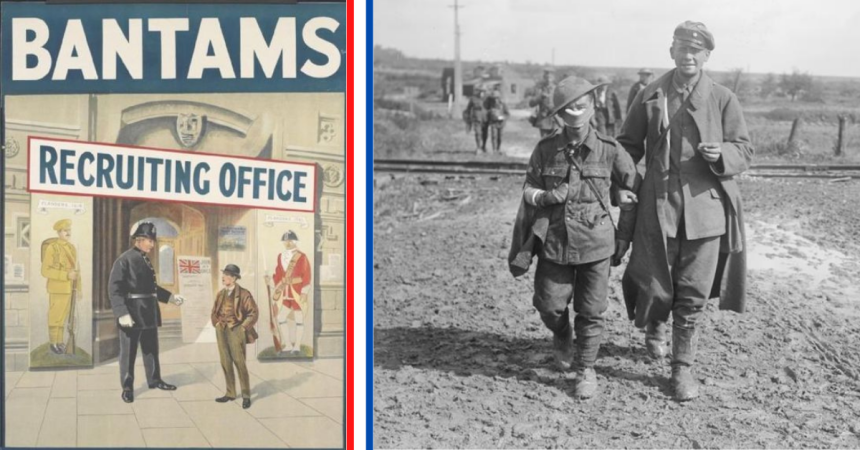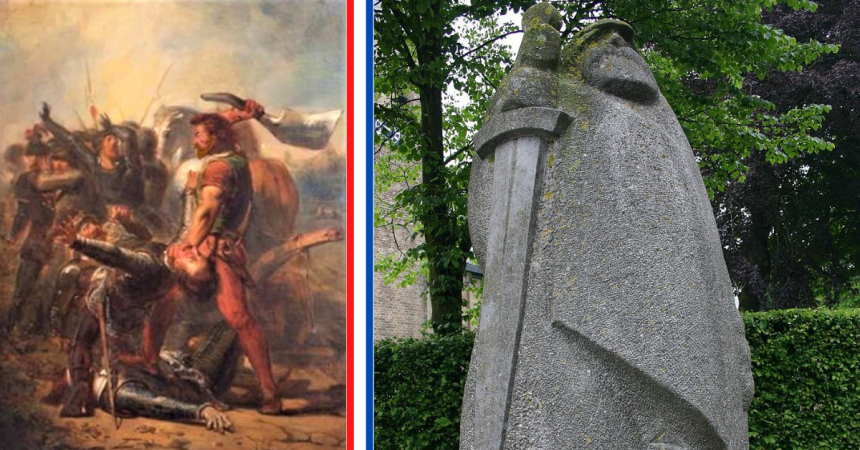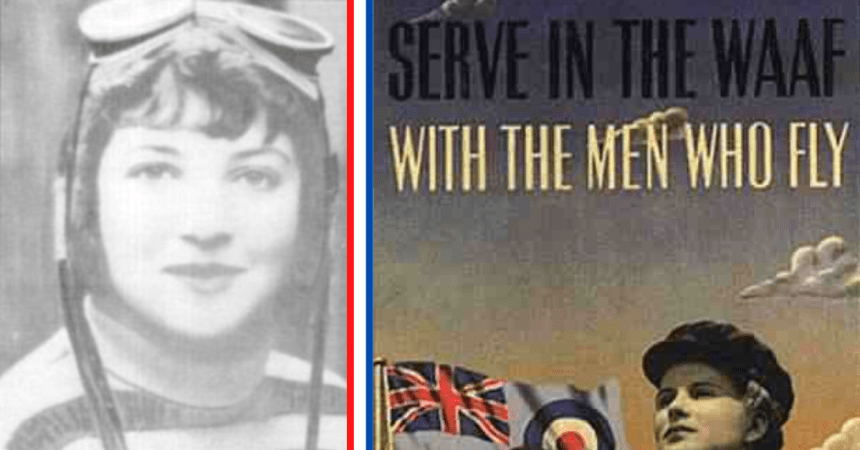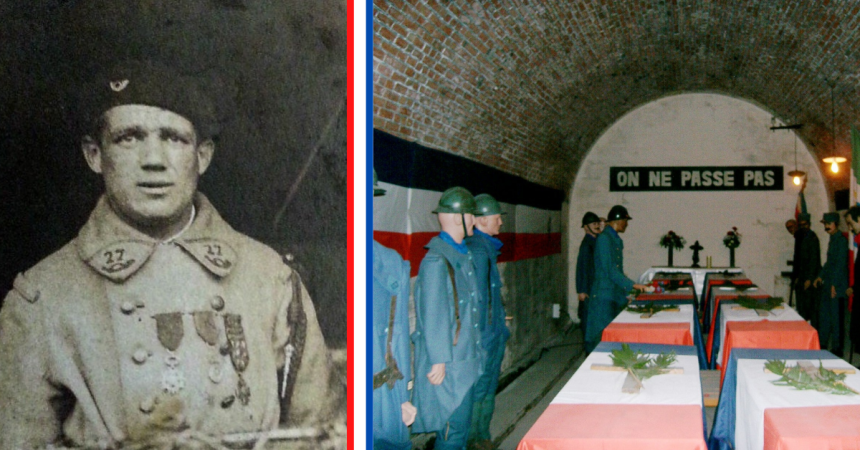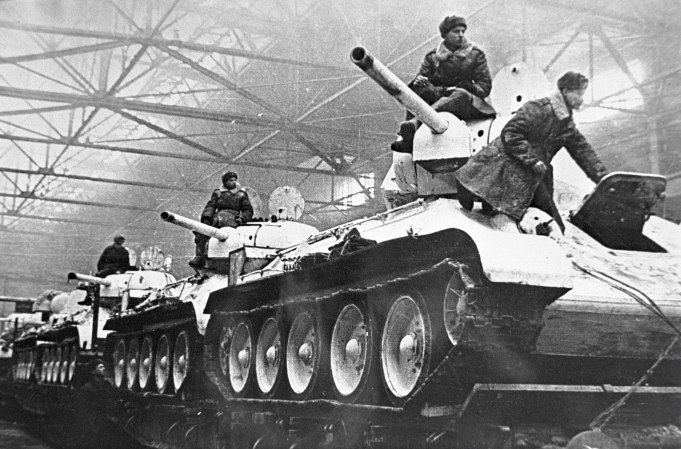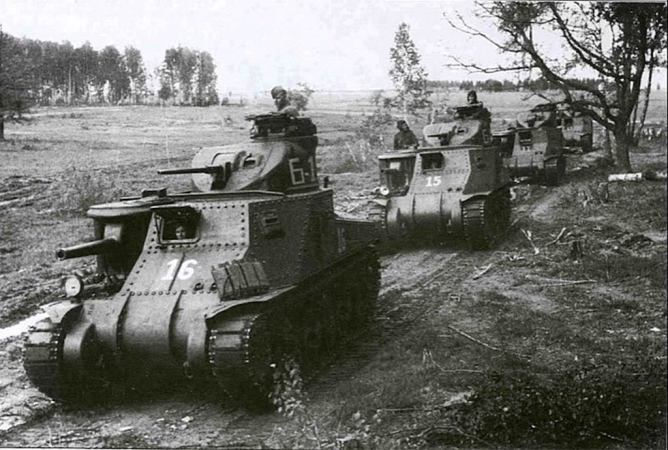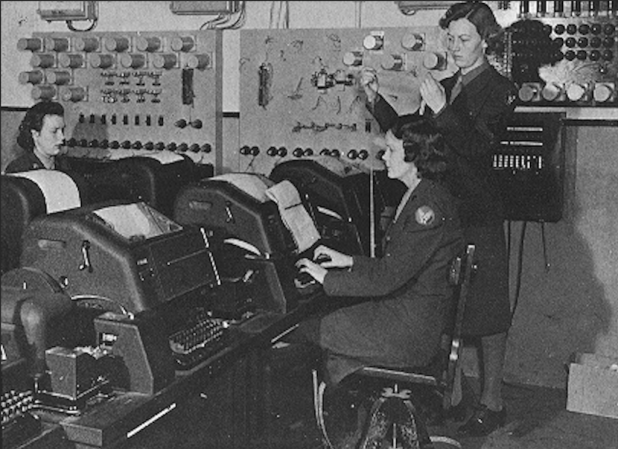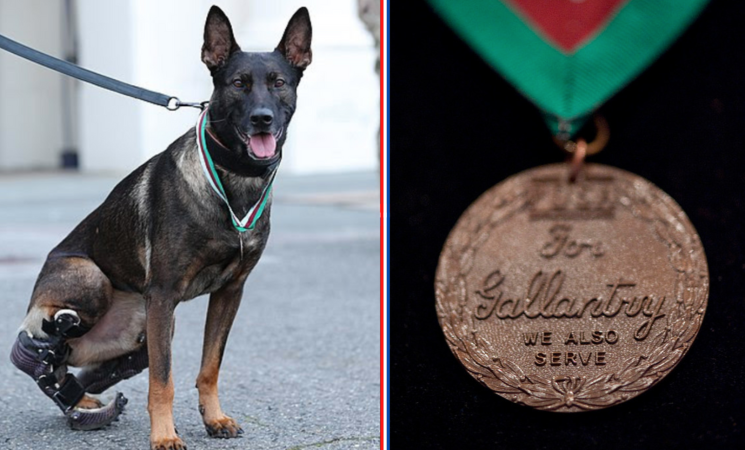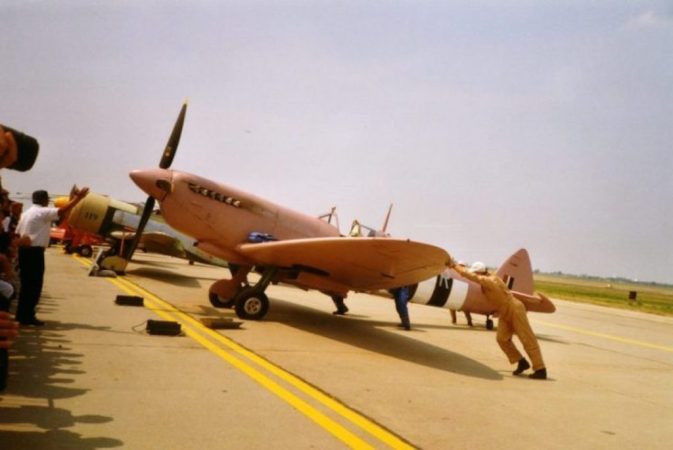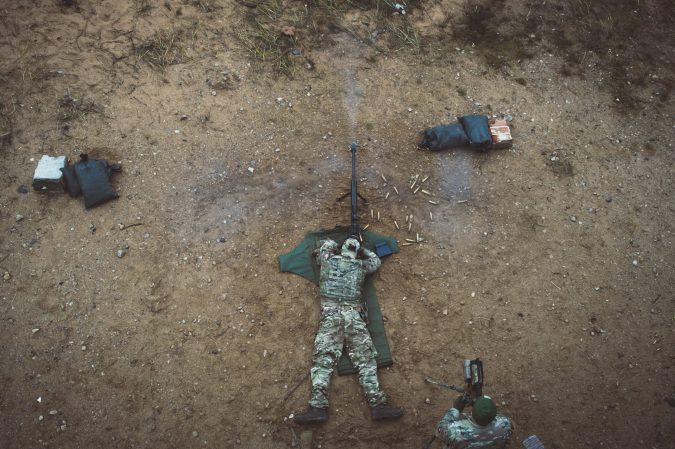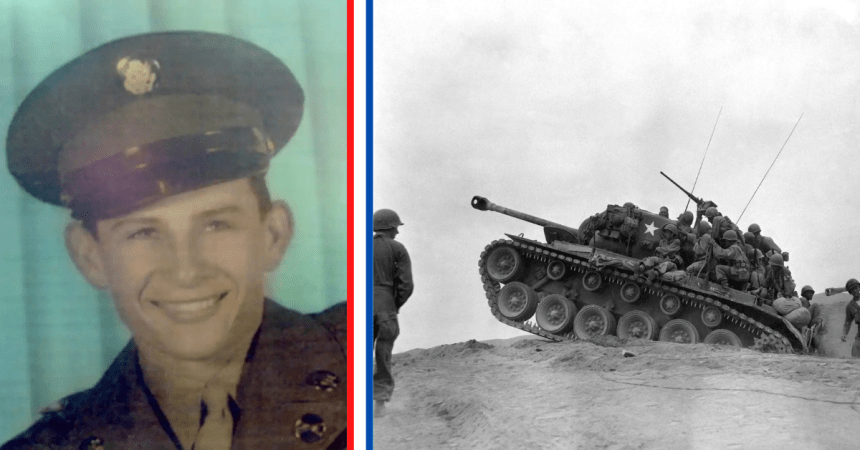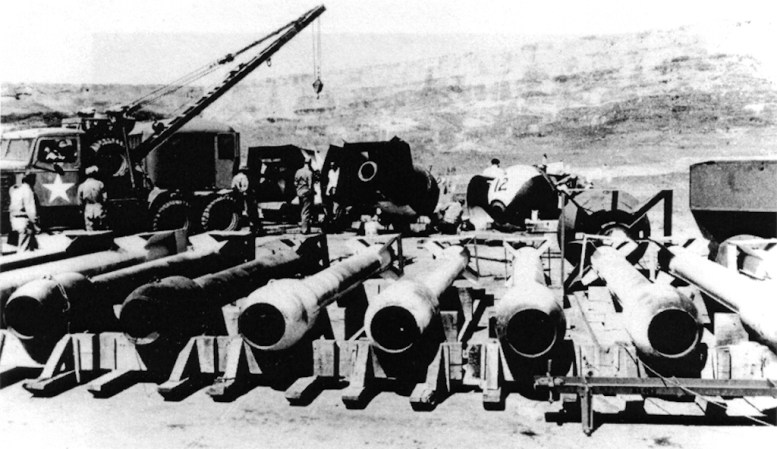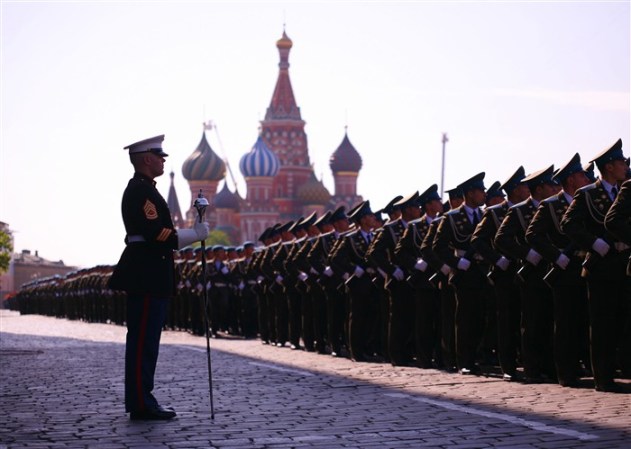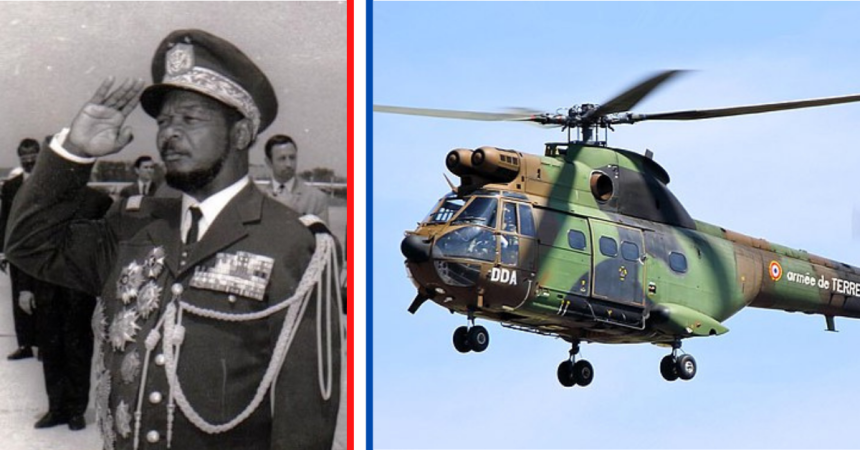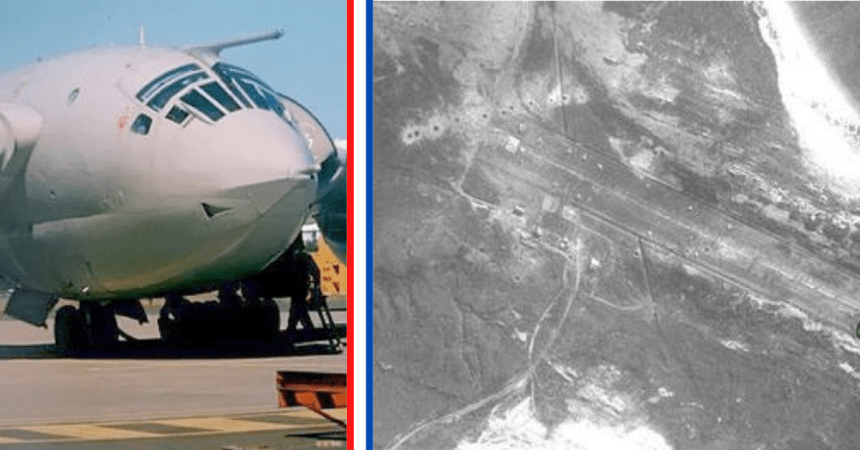Imagine a tank with a sweet cage. No, not the one in the photo below. Those are trash cages for trash tanks. No, we’re talking about those sweet, sweet British tanks from World War I with special friends who go to war with you: Pigeons.
It might seem odd that tanks, a symbol of industrialized warfare like machine guns and planes, would have pigeon cages, a relic of war dating back to at least 530 BC. But pigeons served through World War II in Allied armies, including on tanks and even bombers.
The pigeons, as might be expected, mostly served as messengers. In World War I, before radios were well-miniaturized and widely deployed, the pigeons were essential for communicating beyond visual range.
The standard configuration was a single, partitioned cage with two pigeons in it. The homing pigeon was preferred, but carrier pigeons were reportedly used when recruiters fell short of mission for homing pigeons.
Both breeds are skilled at returning to their home loft. Homing pigeons are typically bred for speed and accuracy while carrier pigeons are bred for their looks. *Wolf Whistle* Both breeds are descended from the rock pigeon, also a skilled navigator.

In World War I, tanks primarily communicated with flags. That’s likely not a surprise, given that tanks grew out of a Royal Navy initiative and were originally “landships.” But, while British fleets often had radio by then, the tanks often couldn’t support a radio, so they used pigeons to get essential messages out. One shortcoming of the method, though: Homing pigeons can’t be trained to return to a moving vehicle. So communications were single-direction.
Still, according to a 1943 news article, 320,000 pigeons served with the Allies in the First World War.
In a few cases, pigeons were even used as aerial photographers, like slow-speed, bio-mechanical drones.
As radios got better, the pigeon program grew smaller. But it didn’t disappear. Britain continued to use homing pigeons for more secretive missions. During the Dieppe Raid, the Brits used pigeons to get secret messages out. Two pigeons sent as a pair reportedly carried a message 27 miles in 32 minutes.
Britain continued to use the birds, sending them on bombers. A British squadron commander even mentioned a bird in dispatches after it remained on its post in a Halifax bomber after anti-aircraft fire tore off its beak.
And, on D-day, the Royal Army used carrier pigeons to get messages across the English Channel.
The pigeons did have some drawbacks, though. They were especially susceptible to pests, needed careful maintenance and nutrition, and could get distracted or killed en route.


